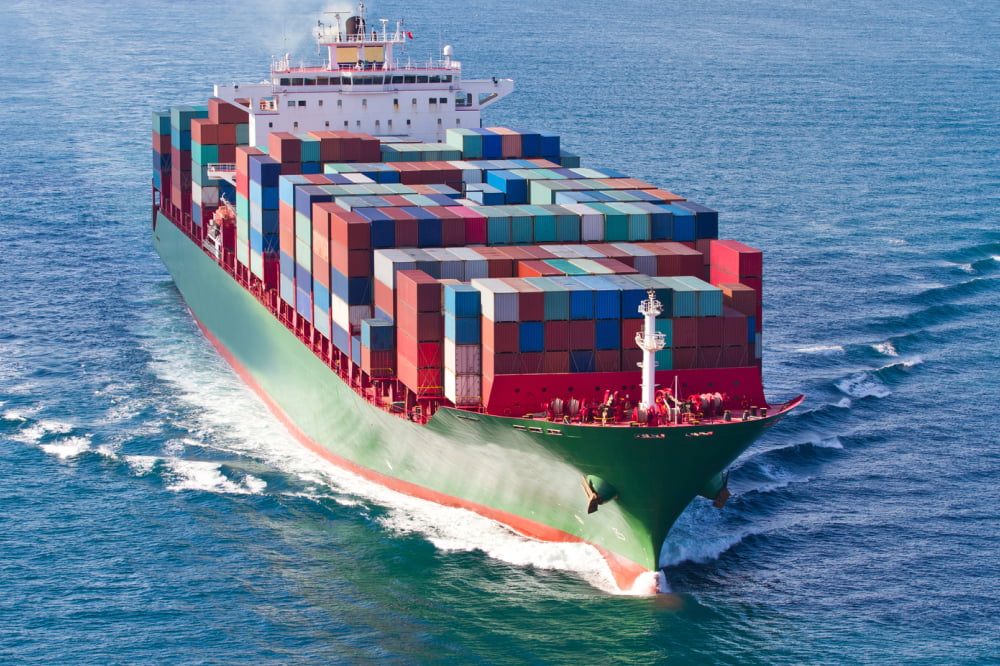
Key things to know about the shipping industry
Shipping companies transport goods from one place to another safely and securely. The demand for their services continues to rise as businesses expand their markets and customers insist on efficient deliveries. While picking up and dropping off things might seem straightforward, it requires thorough planning. This brief post discusses a few key aspects of shipping services, such as the modes of transportation, packaging materials used, and jobs in the industry.
Modes of shipping
Shipping services ensure packages reach their intended recipients promptly. To ensure smooth delivery, they use various modes of shipping:
Sea
The seas are ideal for delivering heavy loads over long distances. However, they are among the slowest routes, unsuitable for urgent orders.
Air
Air transportation is pricier than other modes but faster. It’s used frequently for electronics, perishable products, and emergency supplies.
Road
It involves delivery by trucks. Road transport is convenient for short-to medium-distance trips, both internationally and domestically.
Rail
The railways are suitable for shipments between continents within specific locations. They’re especially useful for moving bulky and large items.
Intermodal
Intermodal transportation combines multiple forms of transportation (such as air, sea, and land). It’s used for logistics in worldwide supply chains.
Essential shipping supplies
Shipping supplies encompass a wide array of products beyond packaging materials that contribute to the smooth flow of goods in the supply chain:
Shipping tags
They display the origin and destination addresses, tracking numbers, barcodes, and handling instructions for warehouse workers.
Stretch wrap
It protects packages from dust, moisture, and other environmental variables.
Strapping materials
Steel or plastic straps reinforce and protect products from damage. They prevent them from shifting or collapsing during handling or transit.
Shipping containers
Stackable containers save space in delivery vehicles. They’re made with durable materials like corrugated cardboard or plastic.
Dunnage bags
They reduce the possibility of damage from movement, vibration, or impact. They’re easy to inflate and install.
Seals of security
Bolt, cable, and plastic security seals are frequently used while moving high-value or sensitive commodities.
Job opportunities in the supply chain industry
The supply chain business offers diverse jobs. The following are some positions and potential career paths:
Procurement specialists
They’re charged with finding and buying products from vendors, negotiating agreements, and managing supplier relationships.
Supply chain analysts
They analyze inventory levels, demand projections, and performance data to improve supply chain operations.
Logistics coordinators
They coordinate and oversee the movement of commodities, including transportation, storage, and distribution.
Inventory control specialists
They ensure the correct products are available at the right time while managing inventory levels, surplus stock, and carrying costs.
Operations managers
They monitor the entire process to ensure efficiency and cooperation within teams.
Factors to consider when selecting a shipping supply company
Your shipping supply partner can greatly impact your business expenses. The following factors can help you choose the right service:
Pricing
Calculate the total cost, which includes the cost of the goods, shipping, and any discounts or incentives on large orders. Remember, the least expensive option isn’t always the best.
Shipping speed
Consider the company’s shipment and delivery schedules. It should be able to supply your goods when needed.
Customer care
Look for a business that responds quickly to your questions, assists with problem-solving, and maintains transparency.




